– By Tom Schaffner
A few years ago, the Chicago Tribune asked its readers to select the “Seven Wonders of Chicago” from a list of nominations the newspaper had compiled. Chicago’s elevated transit system — the L — was selected number three, just behind the Lakefront and Wrigley Field.
Not bad for a transportation system that was built in 1892 and has more liver spots and face wrinkles than your great grandparents.
Chicago’s L is more than just a public transportation system that efficiently moves people throughout the city. It’s an iconic symbol of Chicago, an elevated railway that has rattled and clattered unabashedly into the hearts and minds of locals and visitors worldwide for well over a century.
Because the L is so ingrained in the everyday fabric of our being, we have put together a list of interesting facts and tidbits that reinforce the idea that our rapid transit system is indeed a true wonder of Chicago.
1. Wrigley Flag Communication
In 1937, the Chicago Cubs renovated their scoreboard and decided to incorporate a system for communicating the day’s baseball results to L riders who were whizzing past the ballpark on a train. If a light-colored flag with a “W” flew, the Cubs had won the game that day; if a darker flag with an “L” was at the top of the staff, it meant the Cubs had lost another one. The flags are still in use today although they have become largely ceremonial, thanks to smartphones and other communication devices.
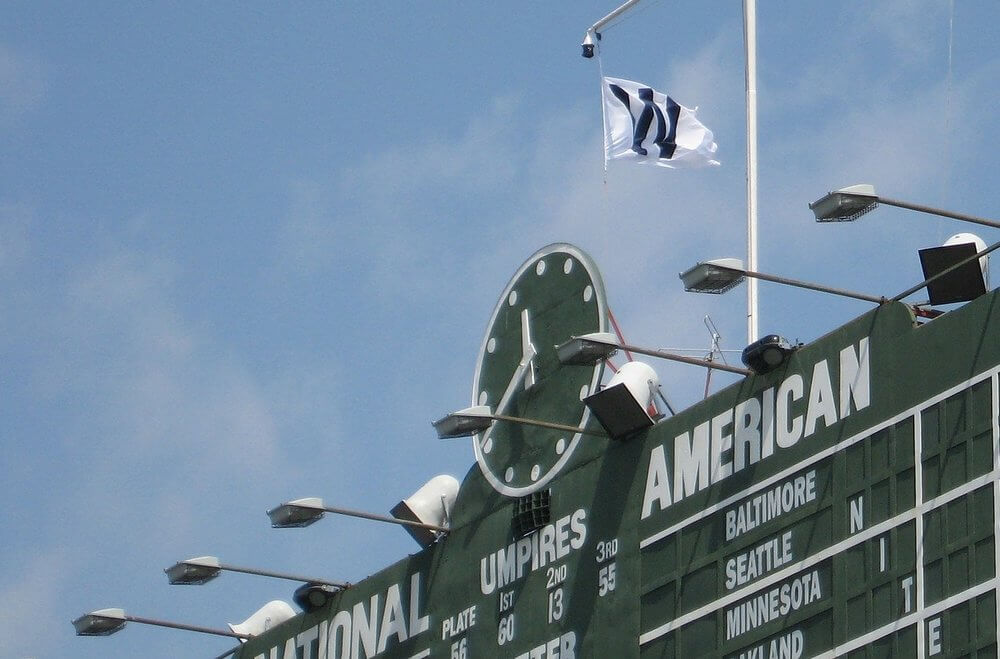
2. A Double Double-header
Chicago is one of the few cities in the word that has rail service to two major airports — O’Hare Field (Blue Line) and Midway Airport (Orange Line). Similarly, the CTA’s Red Line connects both of the city’s major league baseball stadiums — Wrigley Field for the Cubs (Addison Street stop) and Guaranteed Rate Field for the White Sox (35th Street stop). If these teams ever meet in the World Series, it won’t be a subway series, it’ll be a Red Line Series, two teams separated by 13 L stops.
3. Another Reason We’re the Second City
With 1,492 rail cars operating on eight routes and carrying an average of 752,734 passengers each weekday (239 million passengers per year), Chicago’s rapid transit system is the second-largest and second-busiest mass transit system in the U.S. Only the New York City transit system is larger and busier.
4. Not Much to Look at But Fast
On May 1892, Chicago’s first elevated train, four wooden coaches pulled by a steam locomotive, took its inaugural trip down the Southside Rapid Transit Railroad Company’s “Alley L” from Congress St. to 39th. Chicagoans thought the elevated structure was unsightly, but they liked its speed — 34 blocks in just over nine minutes.
5. How Downtown Got Its Name
Downtown Chicago is called the Loop because the elevated tracks create a loop around a rectangle formed by Lake Street (north), Wabash Avenue (east), Van Buren Street (south), and Wells Street (west). The looped track structure was created when four independently owned transit companies decided to cooperate with one another in simplifying the delivery of passengers to downtown Chicago. What they created was called the “Union Loop.” This simple invention created a legendary moniker for the city that is now known worldwide.
6. Win, Place, Show
As of 2018, the Red, Blue, and Brown Lines were the busiest train lines in Chicago, with the Red Line carrying over 225,000 passengers on an average weekday, the Blue Line with nearly 150,000, and the Brown Line with approximately 40,000 daily passengers. While ridership has been recovering since recent disruptions, it has yet to return to pre-pandemic levels. While ridership is bouncing back, it still hasn’t quite reached pre-pandemic levels. Even so, these lines are still the heart of the city’s transit system, getting people where they need to go every day.
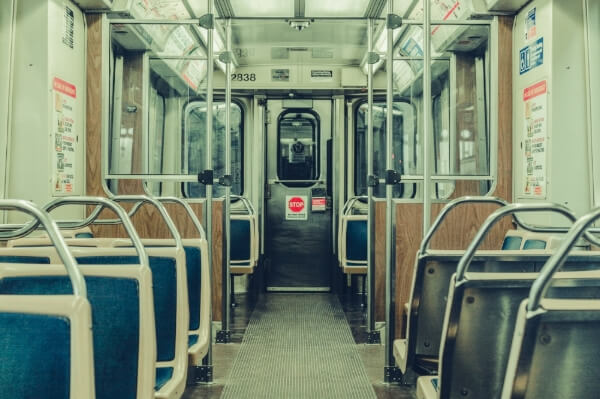
Oscar-Worthy Performances
Because nothing screams “Chicago” like an L train passing skyscrapers in the Loop, the L has been featured prominently in a number of motion pictures and television shows, including Shameless, The Blues Brothers, Risky Business, and Planes, Trains and Automobiles.
The Future is Now
Constantly changing demographics throughout the metropolitan area make it necessary for CTA officials to stay ahead of the curve and invest in tomorrow’s successful projects today. Among the projects currently underway are an expansion of the Red Line to 130th Street, station modernization and speed improvements along the Blue Line, capacity increases on the Brown Line (longer train platforms for longer trains) and a recent announcement that the City hopes to build a high speed transit system (100 m.p.h) in a tunnel between the Loop and O’Hare Airport.
As our name implies, L Stop Tours uses the L Train for all of our full tours. To fully experience the L Train, consider booking one of our tours today!
Holder of two journalism degrees, including a masters from Northwestern University, Tom Schaffner is a native of the Chicago area and has spent nearly 50 years as a writer, editor, publisher and professional communications consultant. He was also the founder, editor, and publisher of the Chicago File, a newsletter for former Chicagoans. Tom is also the co-owner of L Stop Tours.
POPULAR TRIPS
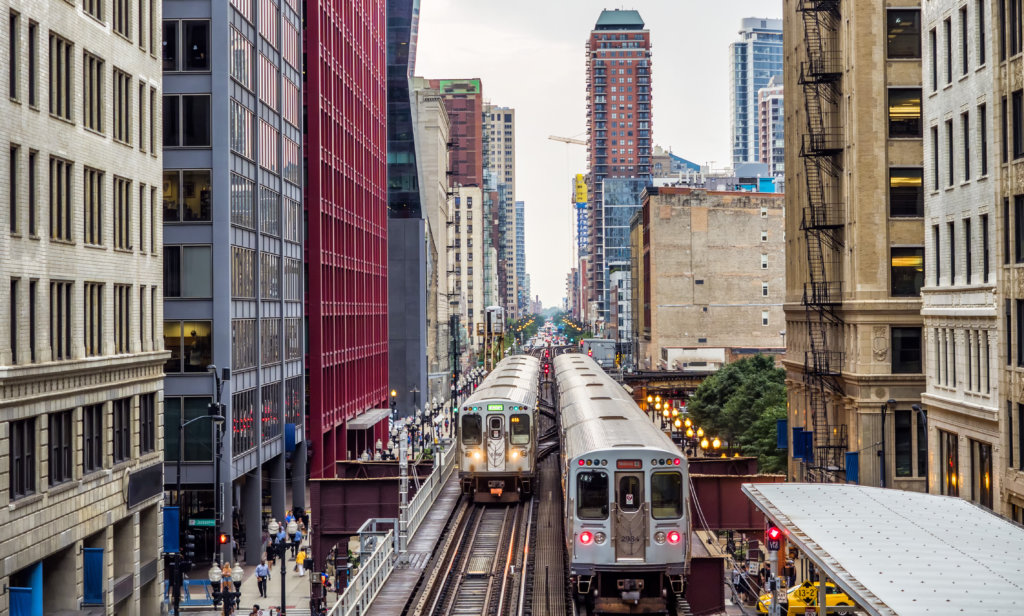
Duration: 3.5 hours
Price: Adult $65
- Tour price includes transit fees. Food/beverages purchased by guests.
- Tour begins and ends in the Loop.
- Walking distance: 1.5 miles
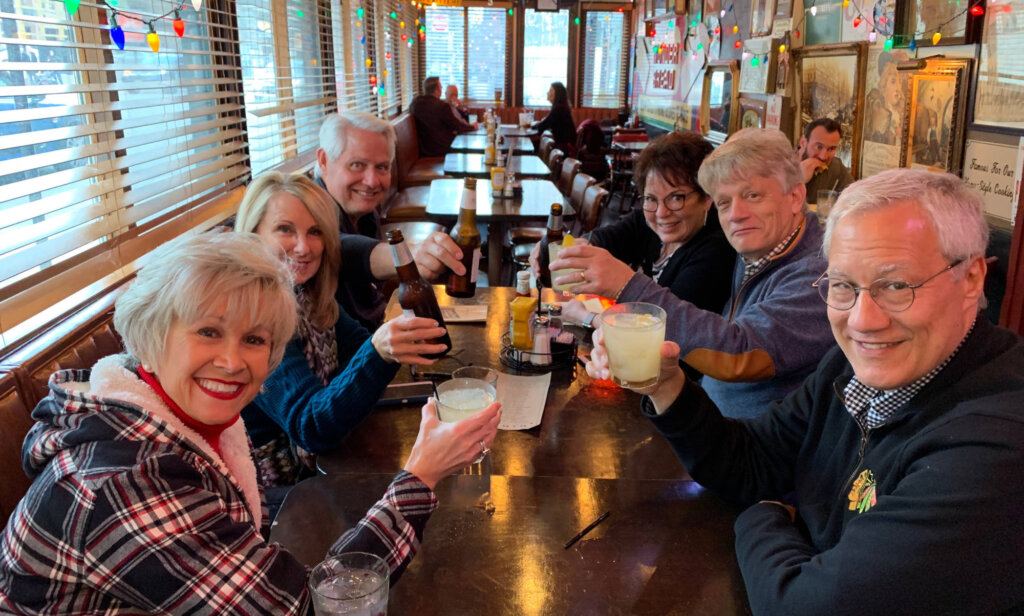
Duration: 3.5 hours
Price: Adult $65
- Price includes transit fees. Food/beverages purchased by guests.
- Tour begins and ends in the Loop.
- Walking distance: 1.1 miles
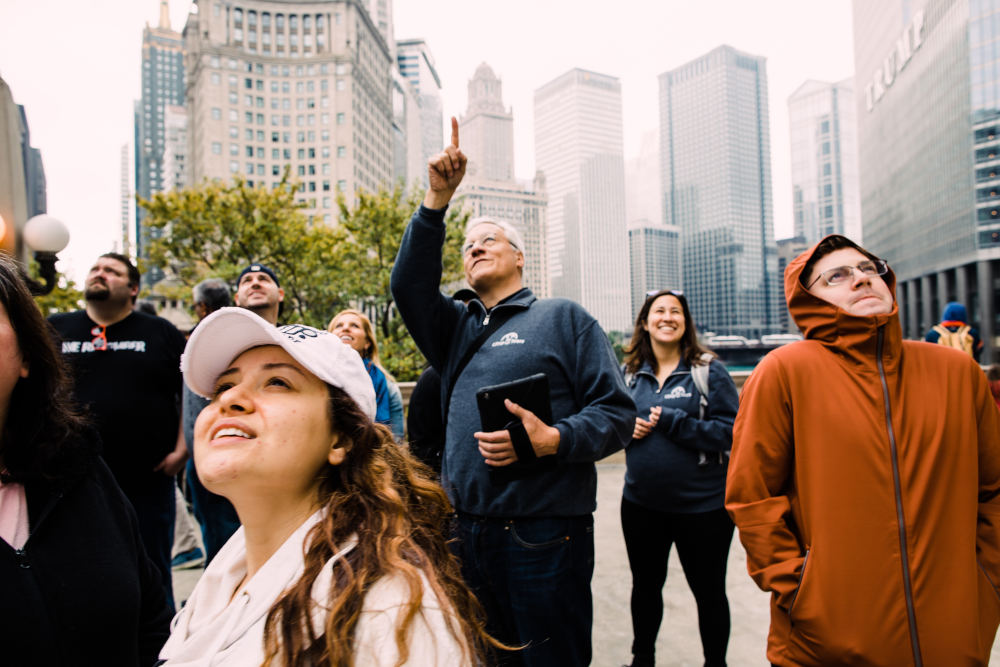
Duration: 3 hours
Price: Adult $65
- Tour price includes professional tour guide, train ride. Food/beverages purchased by guests.
- Tour begins and ends in the Loop.
- Walking distance: 1.5 miles
NEWSLETTER
Stay in the LOOP and subscribe to our monthly newsletter today!
